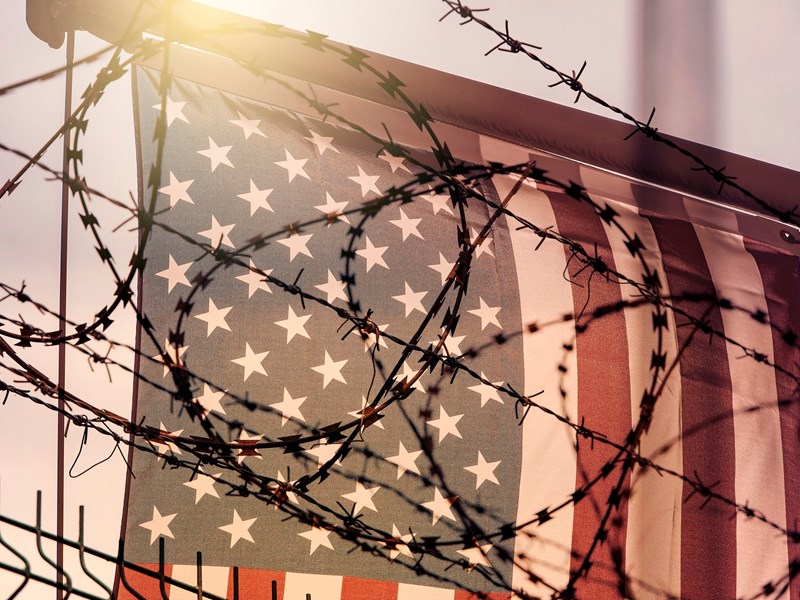Advocates for Basic Legal Equality, Inc. (ABLE) is a non-profit regional law firm that provides high quality legal assistance in civil matters to help eligible low-income individuals and groups in western Ohio achieve self reliance, and equal justice and economic opportunity.
Title 42 Lifts and a New Rule is Implemented: Did Agencies Engage in Meaningful Procedures or Steamroll Ahead While Ignoring Public Input?

Written by Gwen Short
As Title 42 lifts today, immigrants face even steeper barriers to seeking asylum in the U.S. The barriers are being implemented by a new rule that was released only yesterday in an almost-500-page document. ABLE and other immigrant rights organizations opposed this new rule for several reasons, including conditioning asylum on manner of entry, the further marginalization of already marginalized populations, and the increased risk for immigrants waiting at the border. For more on our substantive position, see ABLE’s submitted comment.
This article explores the legally required process for agencies to create regulations, the purpose behind that process, and how the agencies failed to meet that purpose.
Title 42 and the New Rule
Today, Thursday, May 11, 2023, Title 42 is set to lift. Title 42 is the name for the policy that began in the wake of the coronavirus. Using public health as its rationale, Title 42 allowed the U.S. government to rapidly send asylum-seekers at the U.S.-Mexico border back to Mexico or their home country. Under this policy, asylum-seekers are deported from the U.S. without the opportunity to apply for asylum that immigration law would otherwise grant.
Fearing a rise in border crossings after Title 42 lifts, the Department of Homeland Security and the Department of Justice proposed a new rule titled “Circumvention of Lawful Pathways” this past February.
This proposed rule is part of a notice and comment rulemaking system which creates regulations.
Notice and Comment Rulemaking as It Should Have Happened
Almost all* agency-created regulations are published in the Federal Register (giving notice) and then subject to comments from the public. The time allowed for comments is known as the comment period. After the comment period, the agency is required to review and respond to comments and incorporate changes consistent with the authority delegated to it by Congress.
The purpose of this process is to allow for a more democratic system within our agencies. In other words, agencies cannot regulate wholly on their own, they must take a breath and listen to the public.
What Really Happened Here
Although many organizations, including ABLE, submitted comments against the rule by the March 27 deadline no response was given to those comments until yesterday, May 10, around 8:45 am, when the government stated the rule would go into effect in less than 24 hours. This hardly gives the legal, immigrant, and other impacted communities time to consume the almost-500-page document, let alone to help the growing number of asylum-seekers for the foreseeable future.
|
“Circumvention of Lawful Pathways” Important Dates |
|
|
January 30, 2023 |
Announcement that Title 42 will lift May 11 |
|
February 23, 2023 |
Notice of Proposed Rulemaking |
|
March 27, 2023 |
Comments Due |
|
April 27, 2023 |
Fact Sheet Published |
|
May 10, 2023 |
Final Rule Released |
|
May 11, 2023 |
Title 42 Lifts |
Even before the agencies released this last-minute rule, it is apparent their minds were made up. Without responding to any comments, the Department of Homeland Security and the Department of State released a Fact Sheet on April 27, two weeks before any response to comments, essentially saying that the then-proposed rule was certain to go into effect.
Our concern is that the agencies involved in this decision went through the motions of notice and comment rulemaking without truly engaging in it. They didn’t take a breath and listen to the public.
*In certain situations, like emergency or time-sensitive matters, some rules are not subject to the notice and comment procedure described here.
